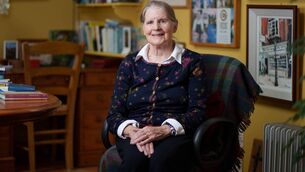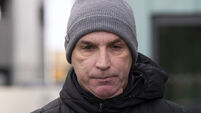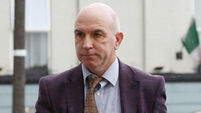Terry Prone: Drug victims suffering for a long time from morning sickness cure

Finola Cassidy wants the Government to acknowledge the past wrongs committed by the State.
IT’S time to throw in the towel. She’d have been a great addition to our team. For a while there I had hopes, but Friday’s Late Late Show put paid to them.
When you run a communications consultancy, you want a team of people, each one of whom does different things superbly. It helps if they’re undefeatable, relentless story-placers able to interest journalists and broadcasters in a topic.
The woman I wanted to recruit is that. Always enthusiastic. Always bouncing back when hacks very pleasantly tell her they don’t have a slot for what she’s selling. It’s not just that she’s energetic and optimistic. It’s that she’s shameless, authoritative, funny, impassioned, and relentless.
It helps that she believes in what she does. She’s not just doing it for the money, for the very good reason that she doesn’t get paid anything. Never has. She’s the best in a competitive business and she’s been doing it for free for decades.
That’s because her mother took Softenon. Softenon was this fantastic drug that controlled morning sickness. Breakthrough stuff. But quelling morning sickness wasn’t all it did.
Devastating effects of Softenon
Depending on the stage in pregnancy when the mother took it, the baby inside her died or died shortly after birth, or was grievously or mildly maimed.
“Grievously maimed” meant some babies were born without arms or legs. Some had little hands coming directly out of their shoulders.
This PR woman, Finola Cassidy, was mildly maimed, if you compare her case with the more disastrously affected.
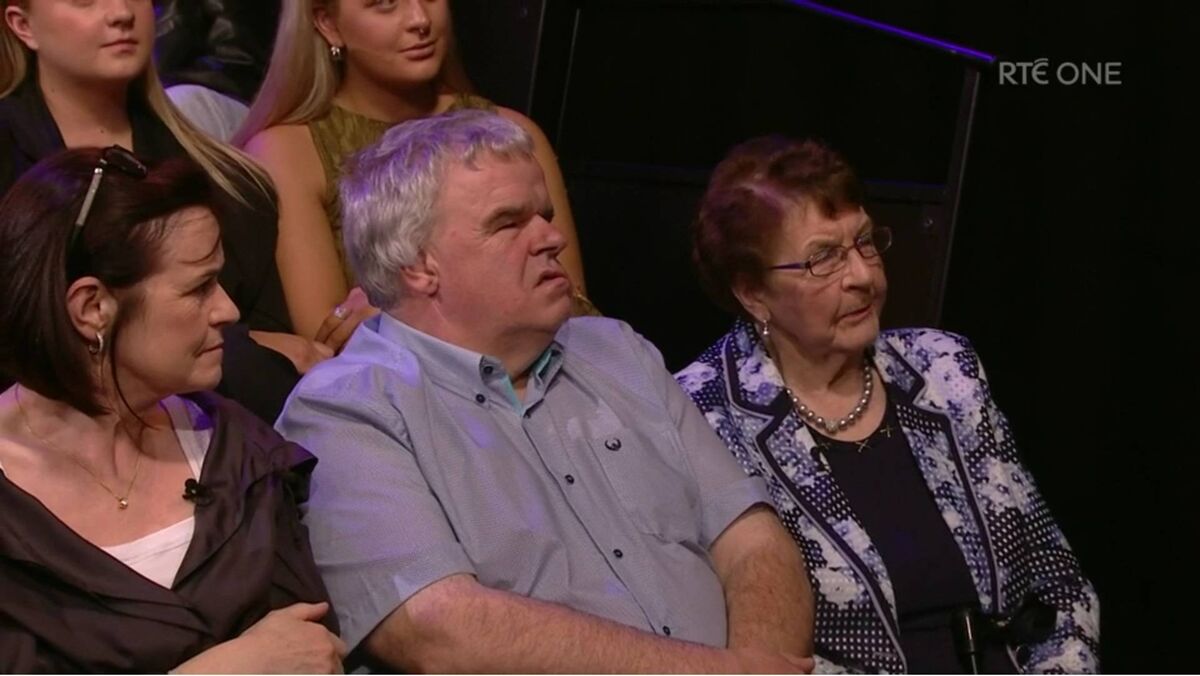
She has what she calls a “gammy arm”. Gammy enough to cause her to threaten the photographer at her wedding that she wouldn’t pay him if the arm appeared in any shot. It didn’t.
The hundreds (at least) of Irish mothers-to-be who took Softenon because their doctor said they should had no idea they were on their way to a life of agony and regret.
Nobody, worldwide, knew what Softenon could do to the unborn at that point, although the FDA wasn’t happy that enough research had been done and decided to slow-walk the drug’s authorisation for the US market.
This meant that American mothers and children were largely saved from the thalidomide scandal and tragedy, thalidomide being the damaging ingredient in a variety of trade names of tablets and syrups on sale to pregnant women from 1959.
The rest of the world wasn’t as lucky. Or at least the rest of the developed world. It was in Europe that the first muffled sounds of the drumbeat of disaster were faintly heard.
An untypical number of miscarriages. An untypical number of disastrously injured babies dying quickly after birth. An untypical number of strange deformities.
In the absence of today’s instant global sharing of such data, and perhaps also because thalidomide was actually sold over the counter, so GPs didn’t necessarily know a patient was taking it, the news didn’t travel well or impellingly, at least at the beginning.
But the muffles came off the drum sticks when doctors all over Europe, including Ireland, found themselves looking at newborns with shocking physical deformities.
More and more of them were born, and as they were handed off to their shocked loving parents, links began to be made between them.
It became clear that, whatever was the name under which thalidomide was marketed, and no matter how successful it was at making pregnancy easier for mothers-to-be, the payoff, the punishment, was a miscarriage, an early baby death, or a baby with catastrophic injuries.
Not all of the injuries was immediately apparent: organ damage was one of them.
Thalidomide was removed from sale, although, it has to be said, with nothing like the speed characterising Johnson & Johnson’s removal of Tylenol when their product was poisoned by some unidentified murderer.
Admittedly, the Tylenol incident happened 30 years after the thalidomide tragedy, but it’s fair to say that the makers of the maiming drug were somewhat less than frenzied in getting it off the shelves of pharmacies.
Some countries were worse than others when it came to acting.
Ireland was one of the worst — 51,000 packets of Softenon were sold in this country in 1961 alone, and thalidomide was still selling over the counter in Irish pharmacies long after it should have been removed, which is why we can make the sad boast that an Irishman, John Stack, is the youngest thalidomide victim.
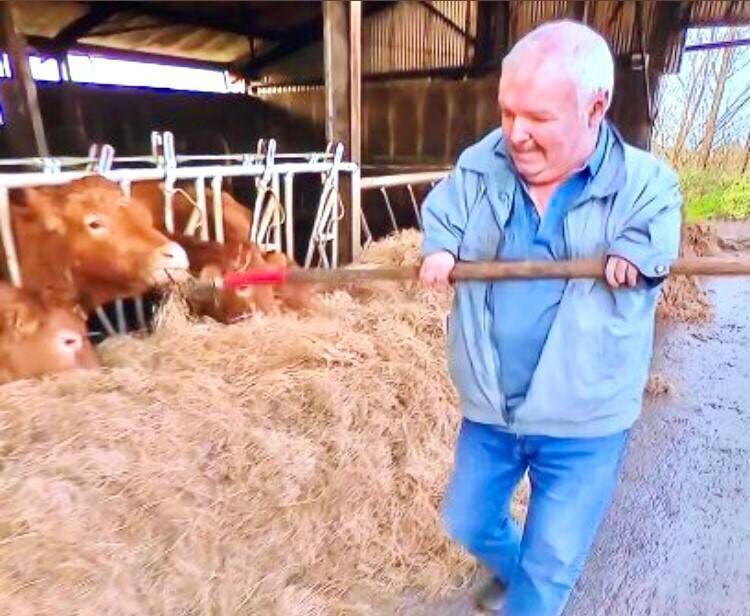
On Friday’s Late Late Show, Stack told Tubridy the simple truth: “If they took it off when they were supposed to take it off, I wouldn’t have been affected.”
But he was affected. He had to make a career and a life for himself despite grievous physical limitations, caused by inaction by the State.
The State abjectly failed to prevent the damage to him. Nor did its failure stop there. The State, for the more than 60 years after he was born, refused to take responsibility, failed to apologise, or adequately compensate the children.
Two mothers in their 90s, Mary and Peggy, appeared on the show to personify the misery delivered by the State’s shrugging disregard.
Forty of the injured children are still alive. The parents and the children simply got on with their lives, surmounting physical limitations, coping with social reactions. They became farmers, artists, receptionists — and this back in the day when no special needs were acknowledged by the educational system.
Because they got on with it, most Irish people forgot about them.
It’s only in recent years that a dwindling number of those affected, in their 60s, realised that a body that’s spent six decades compensating for missing limbs wears out and that they need more help now than they (or the State) ever thought they would.
A few of the survivors — who have nothing in common with each others apart from the evidence of their maiming — told Ryan Tubridy of the State refusing to apologise for manifest failure or find creative ways to make their final years just a bit easier.
And there among them was Finola Cassidy telling her story and at the same time thinking about getting out a press release the minute the programme was over, to maximise its impact.
Unlike most PR people, she has to break the rules by being part of the story, and so she keeps pitching up in front of politicians, journalists, broadcasters, prepped, a folder of new research ready to hand over.
If someone does a story, she thanks them and if someone makes an error in that story, she corrects it without correcting them.
She broke the rules, again, on the Late Late Show. Not many contributors suggest to Ryan that he lets them talk directly to the viewers, but that’s what Cassidy did, turning to the right camera and pointing out to the Government that this outrage didn’t happen on their watch, but that they are, nevertheless, “the custodians of the State’s stance".
"So simply acknowledge the wrong, apologise for it, welcome the unacknowledged, and plan for our future with a fair deal. That’s it.”
CONNECT WITH US TODAY
Be the first to know the latest news and updates







